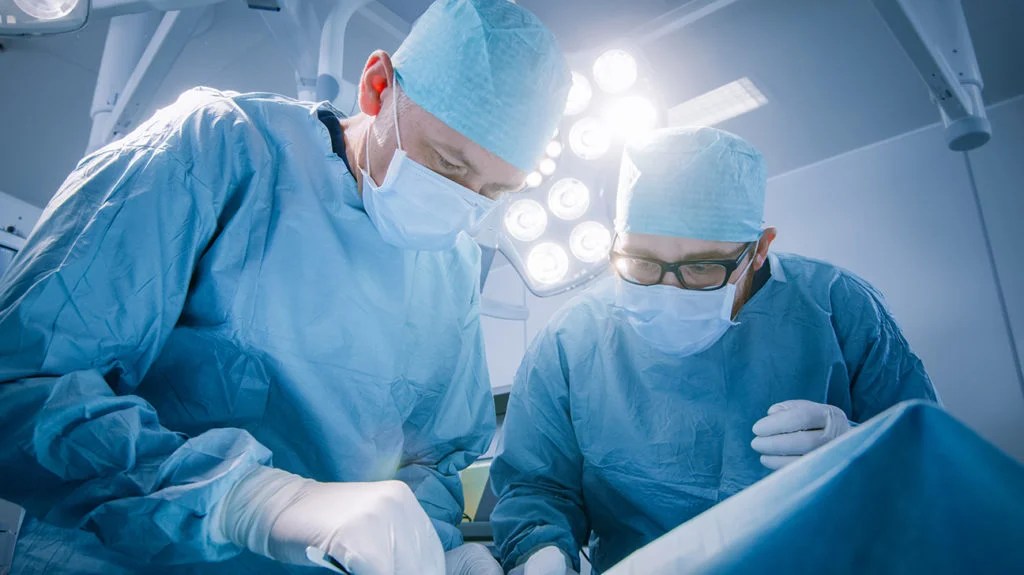Gastric plication has gained notable recognition in recent years as a minimally invasive weight-loss surgery that reshapes the stomach to promote long-term weight reduction. This procedure works by folding the stomach in on itself and stitching it, thus reducing its volume without removing any part of it. Unlike other bariatric surgeries, gastric plication doesn't involve cutting or stapling, making it a preferred option for individuals seeking less invasive treatment. As obesity-related health problems continue to surge globally, many patients are now exploring this technique to improve conditions like type 2 diabetes, hypertension, and sleep apnea. An increasing number of individuals are opting for Gastric Plication in Dubai, where skilled bariatric surgeons offer this transformative procedure under expert supervision.
How Gastric Plication Affects Weight-Related Conditions
Obesity contributes significantly to a host of chronic health conditions. By reducing the stomach’s volume and food intake, gastric plication indirectly addresses these conditions by facilitating sustained weight loss. Here’s how the procedure may improve various weight-related health problems:
Type 2 Diabetes
One of the most profound effects of gastric plication is the improvement in blood sugar regulation. Weight loss reduces insulin resistance, enabling the body to use insulin more efficiently.
Benefits observed:
- Stabilized blood glucose levels
- Reduction or elimination of diabetes medications
- Lower HbA1c levels within months of surgery
Hypertension (High Blood Pressure)
Obesity increases vascular resistance and blood volume, leading to high blood pressure. Gastric plication-induced weight loss decreases these factors, helping normalize blood pressure levels.
Post-surgery results:
- Decreased systolic and diastolic pressures
- Improved cardiovascular health
- Reduced need for antihypertensive drugs
Obstructive Sleep Apnea
Excess body weight contributes to fat deposits around the upper airway, causing obstructive sleep apnea (OSA). As the patient loses weight, airway pressure reduces, improving breathing patterns during sleep.
Improvements include:
- Fewer sleep interruptions
- Reduced or discontinued CPAP use
- Better sleep quality and energy levels
Joint Pain and Osteoarthritis
Excess weight puts tremendous pressure on joints, especially the knees and hips. Gastric plication reduces the mechanical load, alleviating pain and improving mobility.
Observed outcomes:
- Less joint inflammation
- Enhanced physical activity
- Delay in or avoidance of joint replacement surgery
Fatty Liver Disease
Non-alcoholic fatty liver disease (NAFLD) is strongly correlated with obesity. Gastric plication helps reverse fatty deposits in the liver through sustained fat reduction.
After surgery:
- Improved liver enzyme profiles
- Reversal of steatosis
- Lower risk of cirrhosis and liver failure
Why Doctors Recommend Gastric Plication
Unlike procedures involving gastric resection or bypass, gastric plication is unique in that no part of the stomach is removed. Doctors often recommend it for the following reasons:
- Minimally invasive: Performed laparoscopically with small incisions
- Lower complication rates: No cutting or stapling of the stomach
- Preserves stomach anatomy: The stomach can function naturally
- Reversible: It can be undone if necessary
- No foreign materials: Unlike gastric banding, no device is inserted
Who Is a Good Candidate for Gastric Plication?
This procedure is typically suitable for patients who:
- Have a BMI of 30 or above
- Have not succeeded with diet and exercise alone
- Have weight-related health conditions such as type 2 diabetes or hypertension
- Are willing to commit to long-term lifestyle changes
- Prefer a procedure with fewer surgical risks and no foreign implants
Conclusion
Gastric plication stands as a transformative surgical option for individuals struggling with obesity and its many health complications. With the potential to significantly improve conditions such as type 2 diabetes, hypertension, and sleep apnea, this procedure offers a less invasive yet effective approach to long-term weight management. By reducing the stomach’s capacity through folding rather than cutting, patients benefit from fewer complications, faster recovery, and preserved digestive function.





Comments